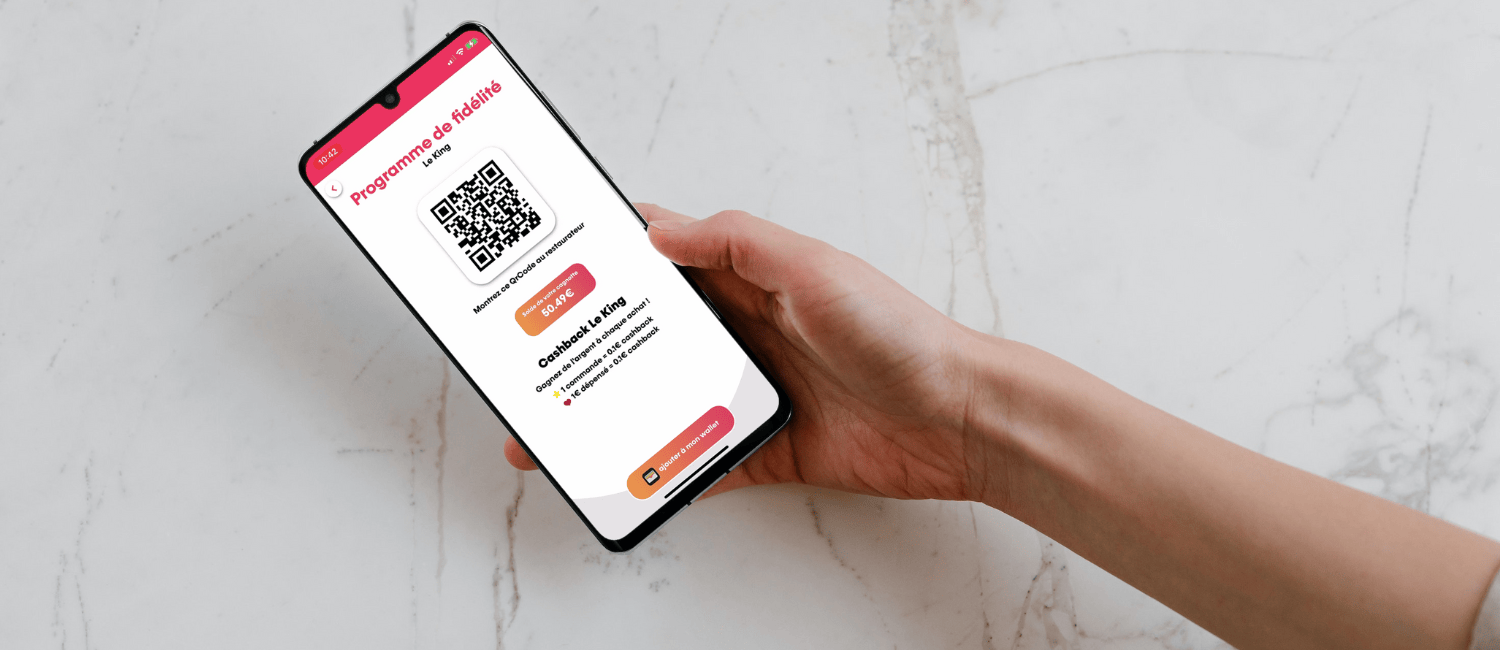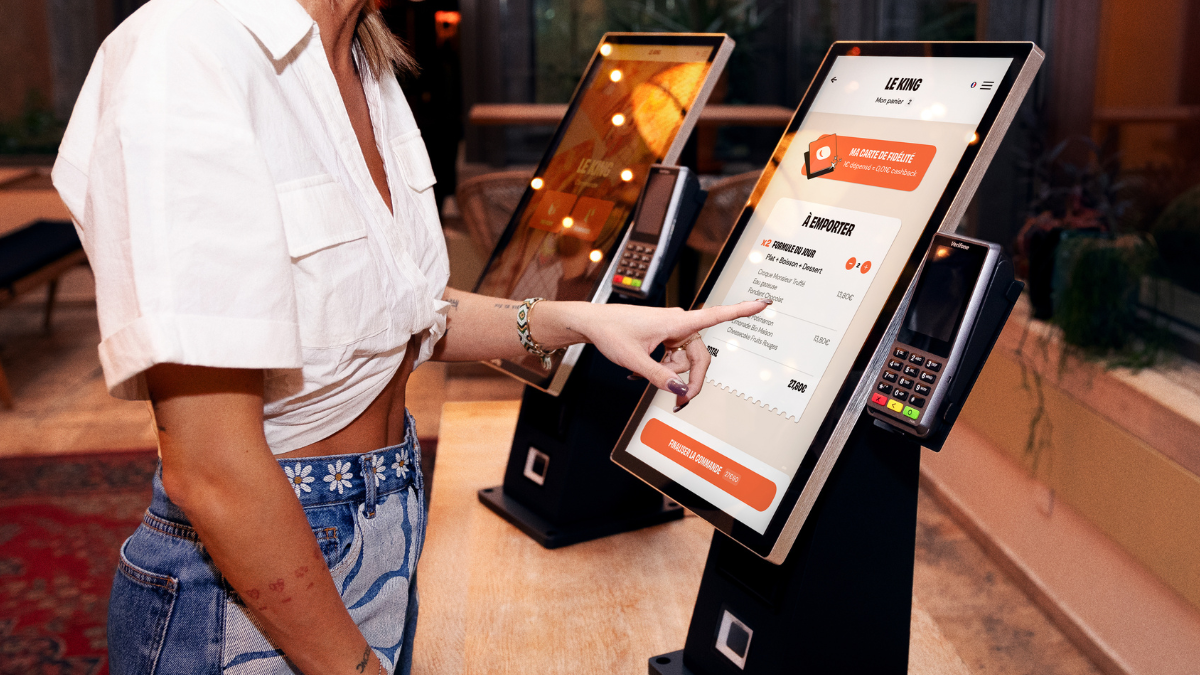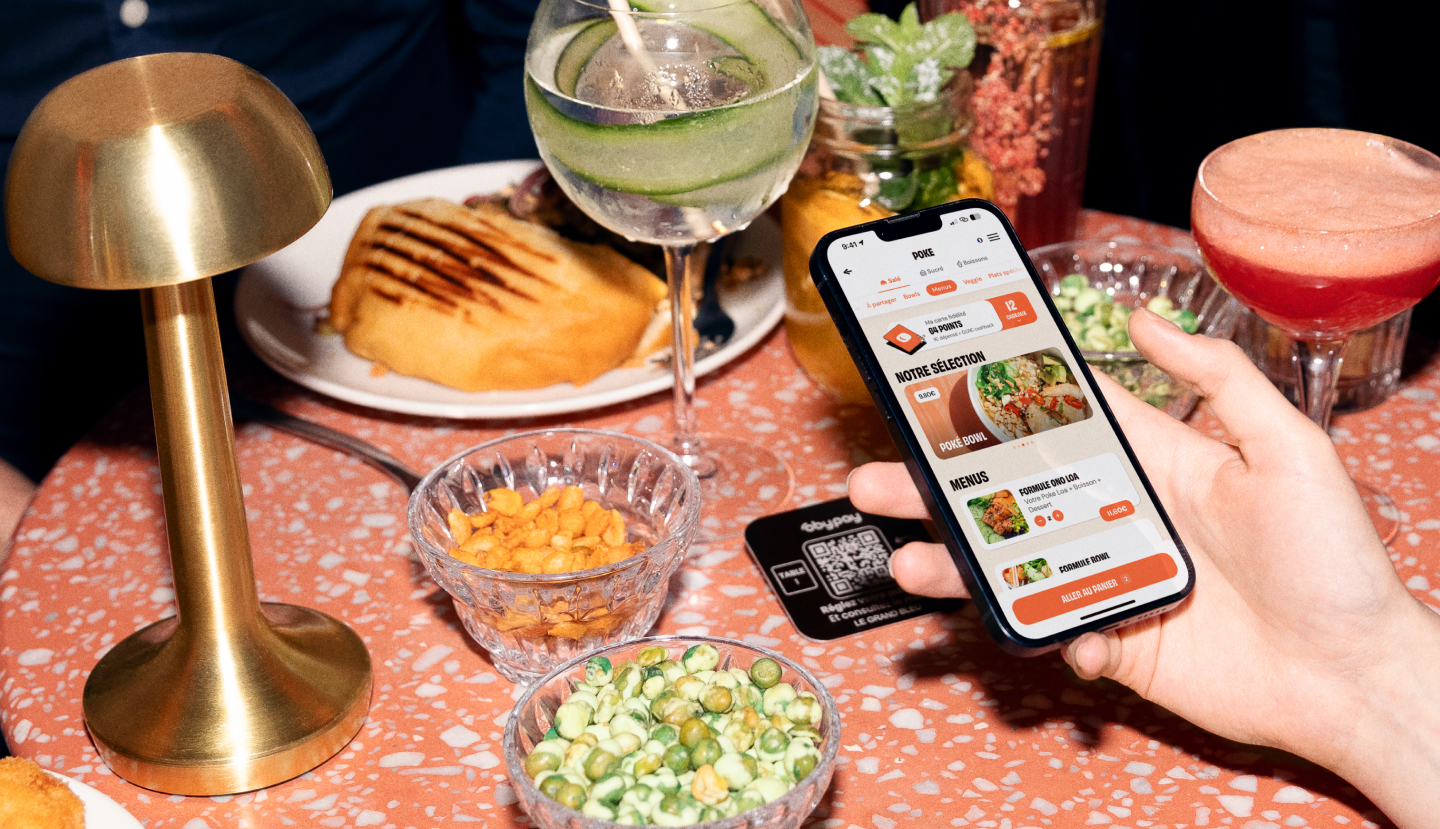Increasing the average restaurant basket: what really works
13 June 2025
Today, volume is no longer enough.
Even with a full house, costs soar, margins crash, and every shift becomes a sprint to keep up. So, inevitably, at the end of the month, things don't add up.
The real problem isn't attendance. It's what each customer spends (or doesn't spend) once there.
On average, a customer spends between 12 and 15€ in a fast-food restaurant20 to 25 in traditional restaurants. That's not much. And if every ticket stays at that level, you have to fill the room non-stop to keep going. Or even the terrace, even in the rain.
But there's another way: increasing the average basket.
By increasing this figure by €2 per order, over 1000 monthly tickets, you add €2,000 to your sales.
✔ Without hiring.
✔ Without forcing the hand.
✔ And without killing your team in the process.
No need to change everything. A few well-placed adjustments to the offer, ordering tools or loyalty program may be all that's needed.
And you'll see the difference where it counts: in your end-of-month results.
What is the average basket, and how is it calculated?
The average basket is the amount spent by a customer at each checkout. It's a simple but essential indicator for managing your business. It allows you to measure how much each order brings in, and whether your offer naturally encourages customers to consume a little more (or not).
"Sales over a period ÷ number of transactions over the same period".Average basket calculation
Example: if you have collected €15,000 on 1,000 orders, your average basket will be €15.
You can refine this figure by day, by service, by channel (on-site, takeaway, delivery), or even by customer type if you use a database.
Why focus on average shopping basket rather than footfall?
Focusing on the average basket allows you to earn more without depending on an ever-increasing volume of customers. And that changes everything.
➜ Less load for the team : no need to serve 30 more customers if the 100 present consume €2 or €3 more each.
➜ More margin on well-chosen products: a homemade dessert or topping for €1.50 can boost profitability without affecting the rhythm in the kitchen.
➜ More stable business : even if attendance drops or the weather scares off the terraces, each ticket remains more profitable.
It's also more accessible in the short term: no need for advertising campaigns or big budgets. A few adjustments to the offer or the order path can be enough to boost sales without any extra effort.
The right supply-side reflexes to encourage natural spending
01. Using digital to suggest the right products at the right time
On Self ordering kioskin Click & Collect or via a QR code, you can guide the customer through the ordering process. The right extra at the right time, a suggested drink just before payment, or a dessert offered after the main course: it's all about placement. When properly configured, digital works for you every step of the way.
02. Use visuals to trigger the desire to buy
Quality visuals make you hungry. And in a digital journey, this is often what makes the difference. A pictorial dessert, a cool drink or a well-presented supplement... All this triggers impulse purchases that a simple product name would not be enough to generate.
03. Integrate paying options without slowing down orders
Extra bacon, homemade sauce, cheddar fries... These little extras, when they're well placed in the order process, add €1 or €2 without lengthening the service. The terminal suggests, the customer adds. There's no need to think about it in the middle of a rush.
04. Building easier-to-choose combo menus
Duo formulas, starter/main course/dessert menus, burger + drink + fries... When it's well presented, the customer sees an advantage. And if all he has to do is click on "menu" instead of composing himself, he's got it made.
05. Highlight high-margin products without heavy emphasis
Do you have a product that's quick to prepare, cost-effective and guaranteed to please? There's no need to go overboard: just make it visible. At the top of the menu, as a "product of the moment" insert, or as a final suggestion just before checkout... Well positioned, it will sell itself.
Want to find out more? Discover our resource ➜ Higher average ticket: the direct effect of self-order tools

Loyalty and customer base: the combo for good customers to spend more
A loyal customer returns more often, spends more, and above all, does so without any acquisition effort on your part.
According to the Pareto's law20 % of customers generate 80% of sales.
The right reflex is not to keep attracting more and more, but to better activate those who already know you.
And for that, two tools: a loyalty program and a customer base well-structured.
Programs by spending level
Classic "1 menu free after 10 tampons" programs have their limits.
What works best : clear, achievable spending tiers that encourage customers to add a product to unlock an immediate reward.
For example:
➜ 1 free drink from €20
➜ 1 dessert of your choice from €30
➜ Loyalty points doubled on orders over €35
The effect is immediate: you push to the round or to the little extra, without pressure. And the closer the customer gets to the landing, the more motivated they are to come back.
Targeted offers with measurable impact
Sending a promo code to everyone is easy. But it's not profitable.
What works:
➜ tailor-made offers (linked to history or a clear objective)
➜ sent at the right time (relaunch, anniversary, drop in attendance...).
➜ on the right channels (SMS, email, push notification according to the customer's preferred channel)
You can then track the opening rate, the number of orders and the average basket generated by the offer. And adjust as you go along.
It's data-driven marketing, but on your scale. You don't need a CRM team for this: a base that's well connected to your tools is all you need.
"Your best customers are already there. They don't need to be convinced, just stimulated at the right time. And with the right program + a well-used base, they can quickly drive up your average basket, and more importantly, sustainably."Things to remember
Want to find out more? Discover our resource ➜ Customer data and loyalty: 5 key actions to boost your sales
Want to see the difference at the end of the month?
Increasing the average basket doesn't necessarily mean selling more, but selling better.
By working on your order paths, product suggestions and loyalty campaigns, you can improve your margins without burdening the service or exhausting your teams.
Would you like to see how this can be adapted to your establishment? Contact our team today!












